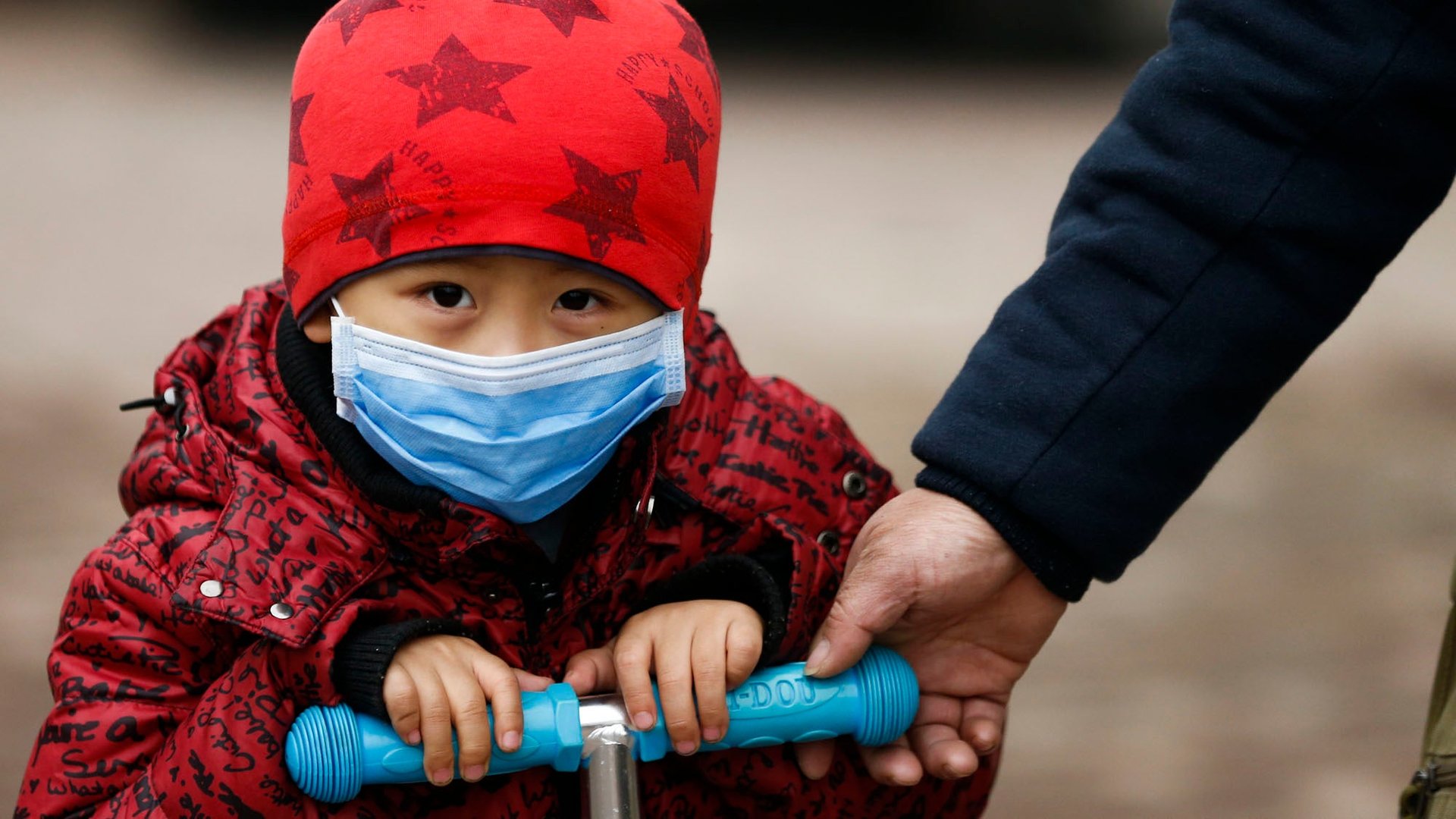Every breath of polluted air in childhood decreases your salary when you grow up
Air pollution kills, that much is clear. What is surprising is that even small amounts of exposure, especially in childhood, can have nefarious long-term effects on a person’s earnings, as well as their health.


Air pollution kills, that much is clear. What is surprising is that even small amounts of exposure, especially in childhood, can have nefarious long-term effects on a person’s earnings, as well as their health.
A simple law passed in the US in 1970 created a remarkable natural experiment to study these long-term effects in children under the age of 1. The Clean Air Act enforced in 1956 was greatly expanded in 1970, and it imposed county-level restrictions on the maximum amounts of suspended particles. In a new study, researchers at University of California, Santa Barbara worked with the US Treasury to study data on 5.7 million individuals born just before and after the 1970 amendments came in to action, to understand these effects.
They find that, for every 10% decrease in exposure to suspended particles in the year of birth, a person’s earnings increased by at least 1% at age 30 (and vice-versa). The results stand even after controlling for factors such as race and gender. Though it might seem like a small increase, cumulatively that results in $6.5 billion worth of extra earnings per birth cohort they studied.
Although this is only a correlation, the researchers believe that two things could help explain the differences in earnings: health and cognitive ability. They find that children born in counties with higher air pollution had worse health, as measured through hospital receipts. And previous studies have shown that exposure to air pollution in the womb and just after birth can have negative effects on, for instance, standardized test results, and thus reflect decrease in cognitive ability.
Take this 2014 study, for instance. Researchers at the National Bureau of Economic Research looked at data from siblings born in Santiago, Chile. They find that the children of pregnant mothers exposed to lower levels of carbon monoxide (one of the many pollutants) had better grades in maths and languages in class 4. Data from siblings helped control for a lot of other environmental factors, and additionally they controlled for factors such as gender of the child and mother’s age and education.
The results of the latest study are only more confirmation that we must act soon. The case for improving our air quality just keeps getting stronger.